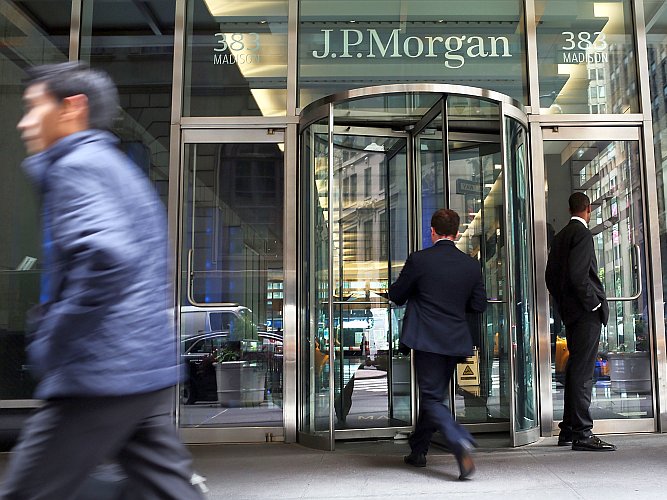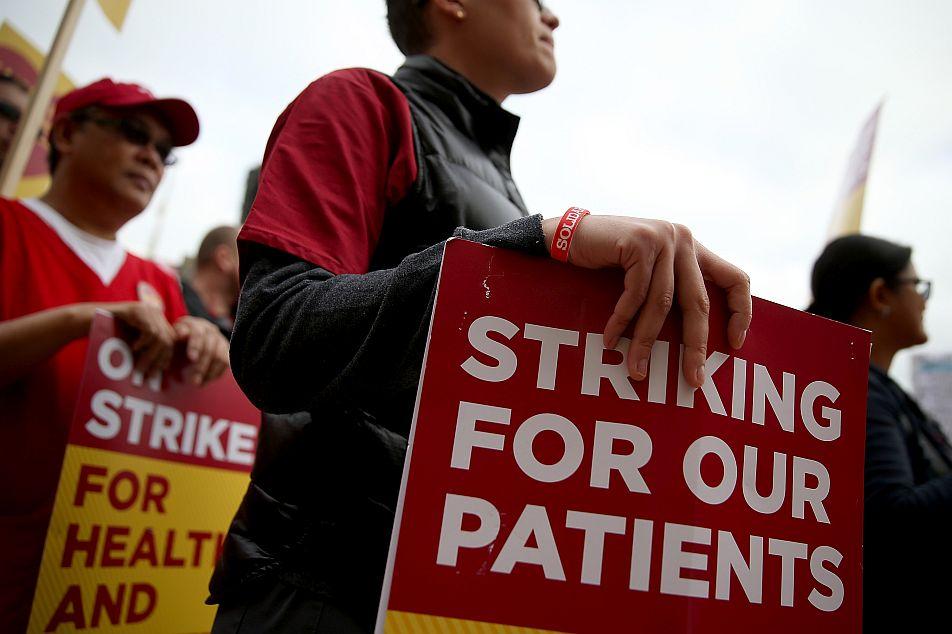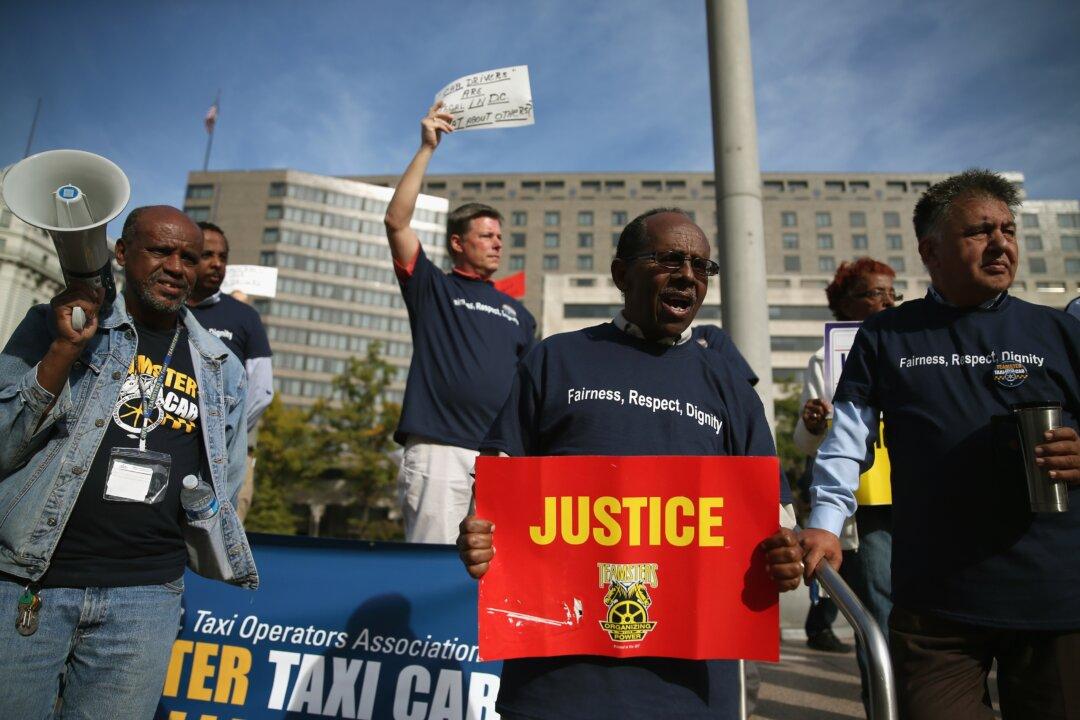The issue of too-big-to-fail banks (TBTF) was to be addressed by America’s politicians, and the idea of dismantling some of these institutions was talked about by regulators and legislators. Regulations and laws were enacted to prevent future bailouts of TBTF banks.
“Dodd-Frank says explicitly that American taxpayers won’t again ride to the rescue of troubled financial institutions. It proposes to minimize the possibility of an Armageddon by revamping the regulatory architecture,” according to the Federal Reserve Bank of Dallas 2011 Annual Report.
Yet today, the TBTF banks have become larger, and many of the smaller banks were gobbled up by the medium- and large-sized banks.
In 1970, America’s five largest banks held 17 percent of America’s banking assets; 12,500 smaller banks accounted for 46 percent of U.S. bank assets; and 95 medium and large banks held 37 percent of U.S. bank assets.
By 2010, the top five banks, JPMorgan Chase & Co., Bank of America Corp., Citigroup Inc., Wells Fargo & Co., and Goldman Sachs Group Inc., held 52 percent of U.S. banking assets; 32 percent were held by the medium and large banks; and the smaller banks had dwindled to 5,700 institutions, holding 16 percent of U.S. bank assets.
“Concentration in the financial sector is anything but natural. ... Big banks backed by government turn these manageable episodes into catastrophes. Greater stability in the financial sector begins when TBTF ends and the assumption of government rescue is driven from the marketplace,” the Federal Reserve report suggests.
Meddling With TBTF Banks
On Nov. 4, 2011, the Financial Stability Board (FSB) released a global list of 29 banks considered to be systemically important financial institutions (SIFI). The critieria for determining SIFIs was issued by the Bank for International Settlements (BIS) in November 2011 and is available on the BIS website.
The eight U.S. banks on the list are Bank of America, Bank of New York Mellon, Citigroup, Goldman Sachs, JPMorgan Chase, Morgan Stanley, State Street, and Wells Fargo. Additionally there were four banks based in the United Kingdom, four banks based in France, and three banks based in Japan.
“The list of G-SIFIs [G stands for G20, the group of 20 Finance Ministers and Central Bank Governors] will be updated annually and published in November every year,” the FSB release states.
The list may be shortened, as some banks have improved their financial wherewithal. Furthermore, legislation as enacted, such as the Dodd-Frank Act, has set up a structure that stops banks from turning into TBTF banks.






